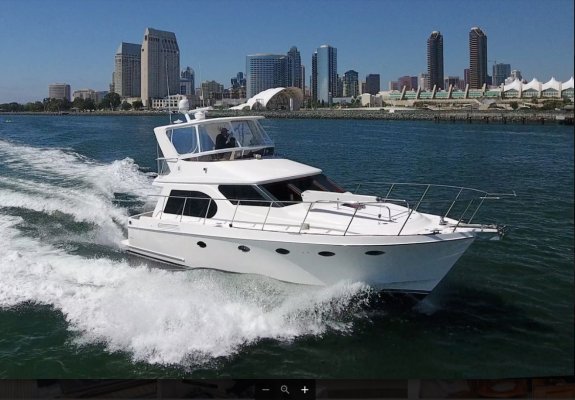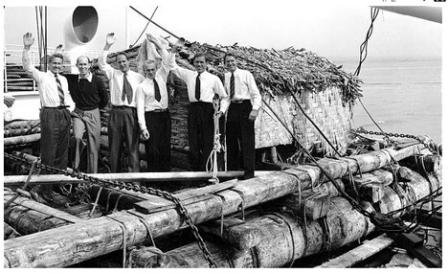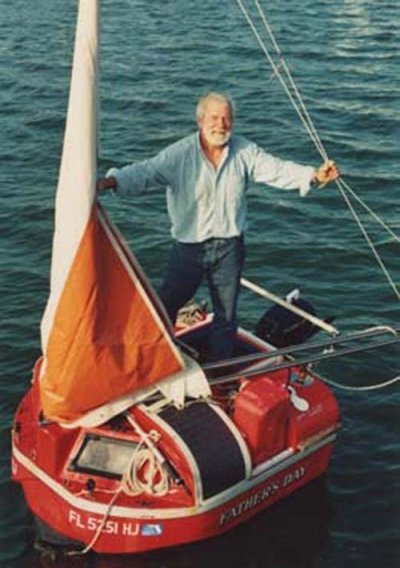Hi everyone. Searched and found a few things but not exactly i guess.
Are there any semi displacement trawler brands that can safely cross oceans?
I understand the benefits of full displacement for long distance but can you cross oceans with a Fleming, Selene, etc by regulating speed? Can it sip fuel for long distances? Will a semi displacement hull sacrifice safety for speed?
I am a huge Nordhavn, Diesel Duck and Bering fan and want to make long passages when I finally purchase a boat capable of these crossings. I also realize that ocean crossings will be a relatively small amount of my boating life. The rest of the time I wouldn't mind going a little faster than 8 knots.
Thanks
Are there any semi displacement trawler brands that can safely cross oceans?
I understand the benefits of full displacement for long distance but can you cross oceans with a Fleming, Selene, etc by regulating speed? Can it sip fuel for long distances? Will a semi displacement hull sacrifice safety for speed?
I am a huge Nordhavn, Diesel Duck and Bering fan and want to make long passages when I finally purchase a boat capable of these crossings. I also realize that ocean crossings will be a relatively small amount of my boating life. The rest of the time I wouldn't mind going a little faster than 8 knots.
Thanks



